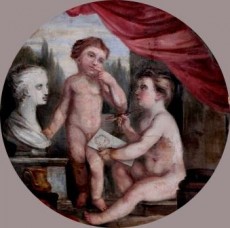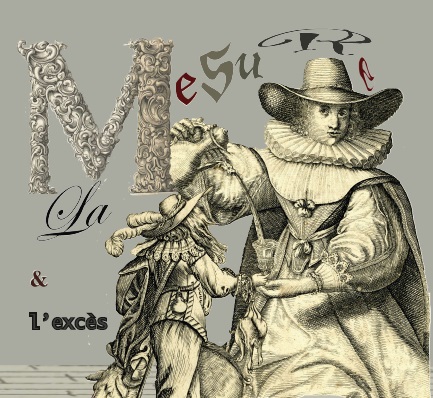Faire silence dans le monde anglophone aux XVIIe et XVIIIe siècles /
Modes of Silence in the Seventeenth- and Eighteenth-Century Anglo-American World
COLLOQUE INTERNATIONAL ORGANISÉ PAR LA SOCIÉTÉ D’ÉTUDES ANGLO-AMÉRICAINES DES XVIIe ET XVIIIe SIÈCLES (SÉAA XVII-XVIII)
Université Paris Diderot – Paris 7
Téléchargez le programme / Download the programme
15-16 Janvier 2016
Vendredi 15 janvier 2016 (matinée)
Accueil à partir de 9h
9h30 Laurent Curelly (Université Haute Alsace) : présentation du thème du colloque
Séance 1 : Religious Aspects of Silence / Manifestations religieuses du silence
Présidence de séance : Anne Page
9h45 Jean-Jacques Chardin (Université de Strasbourg) : Silence et éloquence dans l’emblématique chrétienne de l’époque moderne : quelques exemples chez Peacham, Wither et Quarles
10h15 Cyril Selzner (Université Paris 1 Panthéon – Sorbonne) : “Silent Meeting, A Wonder to the World” : les premiers quakers et le bruit du monde
10h45 Discussion et pause
Séance 2 : Silence and Art / Le silence et l’art
Présidence de séance : Jean-Jacques Chardin
11h15 Angela Benza (Université de Genève) : “Speak that I may see thee” : Du silence à l’éloquence, le portrait de mascarade anglais (1600-1620)
11h45 Efrosini Botonaki (Hellenic Open University): Silence and Speech in the Stuart Court Masques
12h15 Pierre Dubois (Université François Rabelais – Tours) : Musique et silence dans The Wanderer de Frances Burney
12h45 Discussion
13h-14h30 Déjeuner libre
Vendredi 15 janvier 2016 (après-midi)
Présidence de séance : Laurent Curelly
14h30 Conférence plénière de Jean-Pierre Vander Motten (Ghent University) : ‘Considerately woven out of our selves’: the Attractions of Speech in Thomas Killigrew’s Comedies.
15h30 – 16h Discussion et pause
16h Assemblée générale
18h30 Cocktail
Samedi 16 janvier 2016
Séance 1 : Silence and Speech in Political and Social Contexts / Le silence et la parole: aspects politiques et sociaux
Présidence de séance : Jean Viviès
9h00 Vanessa Chaise (Université de Reims Champagne-Ardenne) : Charles Ier et la voix silencieuse de Eikon Basilike : le silence comme moyen d’expression
9h30 Michèle Lardy (Université Paris 1 Panthéon – Sorbonne) : “A Maid should be seen, and not heard”: of the attempts to reduce 17th-century English women to silence, and of the difficulty to do so, for “they have ripe wits and ready tongues”
10h Cornelia Dahmer (Technische Hochschule Köln / Cologne University of Applied Sciences) : “Still, however, it is certain, that young ladies should be more apt to hear than to speak”: Silence in Eighteenth-Century Conduct Books for Young Women
10h30 Discussion et pause
Séance 2 : Figures of Silence in Fiction / Les figures du silence dans la littérature
Présidence de séance : Pierre Dubois
11h Barbara Muller (Université de Strasbourg) : “She were a rose indeed, if she had but –” : aposiopèses et chasteté dans les romances de William Shakespeare
11h30 Ann Toner (University of Cambridge) : Speaking of Silence: Paralipsis and Its Paradoxes in Eighteenth-Century Fiction
12h Pierre Labrune (Université Paris-Sorbonne) :“So near her * * * *”: Silence and the Quarrel on the Obscenity of Laurence Sterne’s Tristram Shandy
12h30 Discussion et fin du colloque


